Home>Furniture & Design>Bathroom Accessories>How Often Should You Replace Your Plunger
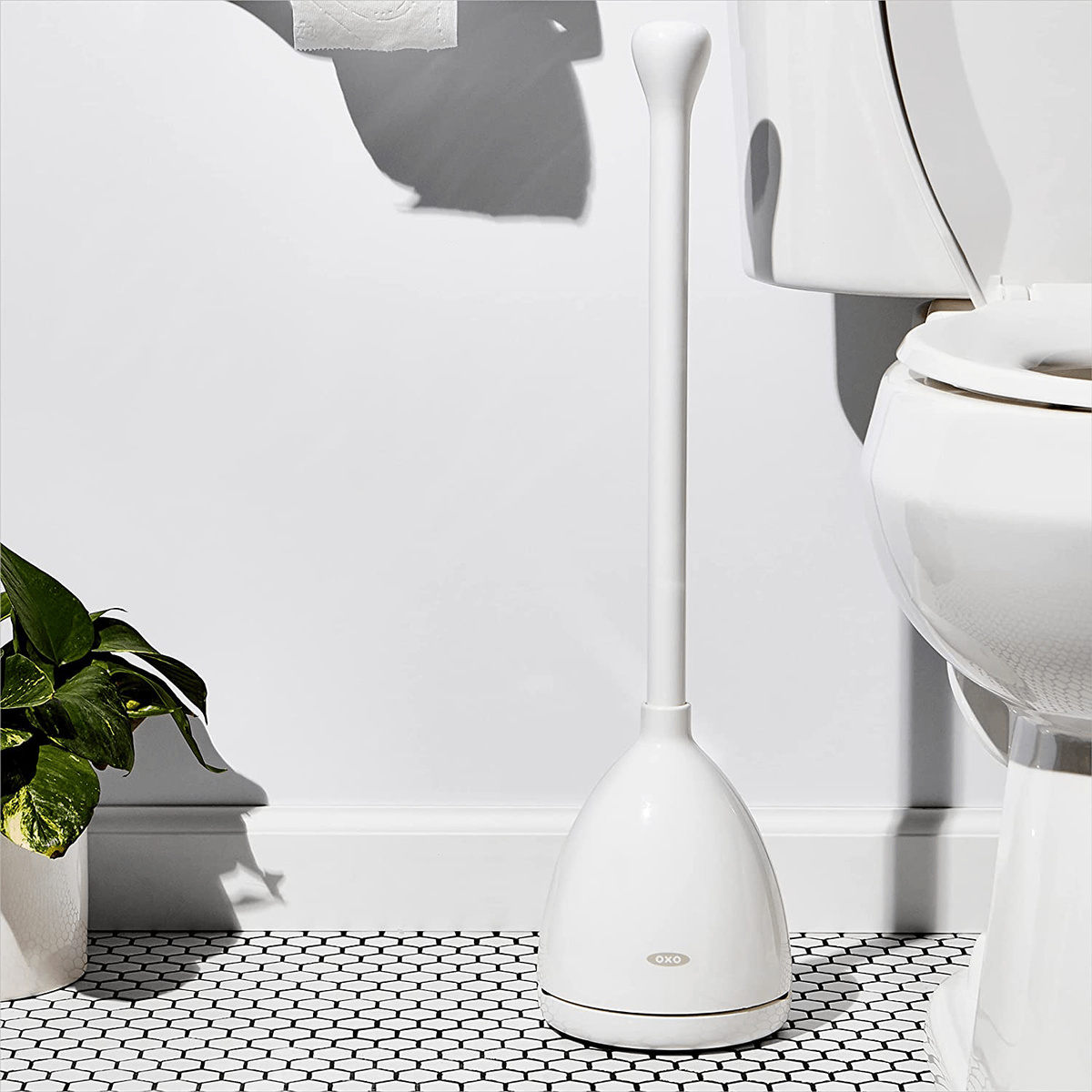

Bathroom Accessories
How Often Should You Replace Your Plunger
Modified: August 24, 2024
Learn how often you should replace your bathroom accessories, including plungers, to maintain a clean and hygienic environment. Discover the best practices for keeping your bathroom fresh and functional.
(Many of the links in this article redirect to a specific reviewed product. Your purchase of these products through affiliate links helps to generate commission for Storables.com, at no extra cost. Learn more)
Signs that your plunger needs replacing
-
Cracks and Damage: Inspect your plunger for any cracks, splits, or damage to the rubber cup. Over time, the rubber can deteriorate, leading to reduced effectiveness in creating a seal.
-
Loss of Flexibility: A plunger that has lost its flexibility will struggle to create the necessary suction to clear clogs effectively. If the rubber cup feels stiff or inflexible, it may be time for a replacement.
-
Visible Wear and Tear: Check for any signs of wear and tear on the plunger, such as fraying or peeling rubber. These issues can compromise the plunger's ability to form a tight seal, making it less effective in unclogging drains.
-
Ineffective Sealing: If the plunger fails to create a tight seal around the drain, it may be a sign that the rubber cup has worn down or become misshapen, indicating the need for a new plunger.
-
Persistent Odors: A plunger that has been used extensively and is not effectively unclogging drains may retain unpleasant odors, indicating that it is no longer hygienic or efficient.
-
Age: Even if your plunger appears to be in good condition, consider its age. If it has been in use for several years, it may be time to replace it, as the rubber can degrade over time, affecting its performance.
-
Previous Unsuccessful Use: If you have attempted to use your plunger to clear a clog without success, it may be a sign that the plunger is no longer effective and needs to be replaced.
By recognizing these signs, you can proactively address the condition of your plunger, ensuring that it remains a reliable tool for maintaining your plumbing system.
Key Takeaways:
- Signs Your Plunger Needs Replacing
If your plunger has cracks, lost flexibility, visible wear, ineffective sealing, persistent odors, or is old, it’s time for a new one. Recognizing these signs ensures a reliable tool for unclogging drains. - Factors Influencing Plunger Lifespan
How often you use it, the quality of materials, type of clogs, maintenance, environmental conditions, and budget all affect how often you should replace your plunger. Consider these factors to make informed decisions.
Factors to consider when determining how often to replace your plunger
When it comes to determining how often to replace your plunger, several factors come into play. Understanding these factors can help you make informed decisions to ensure the effectiveness of your plumbing tool.
Frequency of Use
The frequency of use is a crucial factor in determining the lifespan of your plunger. If you frequently encounter clogs and rely on your plunger for regular maintenance, it may experience wear and tear more quickly. In such cases, consider replacing your plunger more frequently to maintain optimal performance.
Quality of Materials
The quality of materials used in the construction of the plunger significantly impacts its durability. Higher quality rubber and sturdy handle materials can contribute to a longer lifespan. When purchasing a plunger, consider investing in one made from durable materials to extend its longevity.
Type of Clogs
The type of clogs you typically encounter can also influence the lifespan of your plunger. Dealing with stubborn or challenging clogs may put more strain on the plunger, potentially shortening its lifespan. If you frequently encounter tough clogs, you may need to replace your plunger more often to ensure it remains effective.
Maintenance Practices
Proper maintenance can prolong the lifespan of your plunger. Regular cleaning and drying after use can prevent the rubber cup from deteriorating prematurely. Additionally, storing the plunger in a dry and well-ventilated area can help prevent mold and mildew growth, contributing to its longevity.
Environmental Factors
Environmental conditions, such as exposure to sunlight and extreme temperatures, can impact the lifespan of your plunger. Prolonged exposure to sunlight can cause the rubber cup to degrade more quickly, while extreme temperatures can affect the overall integrity of the plunger. Consider these environmental factors when assessing the need for plunger replacement.
Budget and Convenience
While considering how often to replace your plunger, factor in your budget and convenience. Investing in a high-quality plunger may initially cost more but could result in longer intervals between replacements. However, if frequent replacements are more convenient for you, opting for a more affordable plunger may be a practical choice.
By taking these factors into account, you can make an informed decision regarding the frequency of plunger replacement, ensuring that your plumbing tool remains effective and reliable for addressing clogs as they arise.
Tips for maintaining the longevity of your plunger
Proper maintenance is essential for extending the lifespan of your plunger and ensuring its effectiveness when tackling stubborn clogs. By implementing the following tips, you can preserve the functionality of your plunger and maximize its longevity.
Read more: How Often Should You Replace Your Bath Mat
1. Regular Cleaning
After each use, thoroughly clean the plunger to remove any residue and debris that may have accumulated during the unclogging process. Use a mild detergent or disinfectant to sanitize the rubber cup and handle, ensuring that it remains free from bacteria and odors.
2. Thorough Drying
Allow the plunger to dry completely before storing it. Moisture can promote the growth of mold and mildew, leading to deterioration of the rubber cup. Ensure that both the rubber cup and handle are completely dry before returning the plunger to its storage location.
3. Proper Storage
Store the plunger in a dry and well-ventilated area to prevent moisture buildup. Avoid placing it in direct sunlight, as prolonged exposure to UV rays can cause the rubber to degrade. Additionally, consider using a designated storage container to keep the plunger separate from other cleaning tools.
4. Avoiding Harsh Chemicals
When using the plunger, avoid exposing it to harsh chemicals, as they can damage the rubber cup and compromise its effectiveness. Opt for gentle, non-corrosive drain cleaners when addressing clogs to protect the integrity of the plunger.
Read more: How Often Should You Replace Rugs
5. Inspecting for Damage
Regularly inspect the plunger for any signs of wear, tear, or damage. Check the rubber cup for cracks, splits, or deterioration, and ensure that the handle remains sturdy and intact. Address any issues promptly to prevent further damage and maintain the plunger's functionality.
6. Periodic Lubrication
Apply a small amount of petroleum jelly or lubricant to the rim of the rubber cup to maintain its flexibility and sealing capability. This simple step can prevent the rubber from drying out and becoming stiff, prolonging the plunger's effectiveness.
7. Gentle Handling
Handle the plunger with care to avoid unnecessary strain on the rubber cup and handle. When using the plunger, apply gentle and consistent pressure to create a tight seal without exerting excessive force, which can lead to premature wear.
By incorporating these maintenance practices into your plunger care routine, you can significantly extend its lifespan and ensure that it remains a reliable tool for addressing clogs in your household plumbing. Regular attention to these details will help maintain the plunger's effectiveness, ultimately saving you time and effort in dealing with drain blockages.
Conclusion
In conclusion, the frequency of plunger replacement depends on various factors, including signs of wear and tear, the quality of materials, maintenance practices, environmental conditions, and budget considerations. By recognizing the signs that indicate the need for a new plunger and understanding the factors influencing its lifespan, you can make informed decisions to ensure the optimal performance of this essential plumbing tool.
Regular inspection of your plunger for cracks, loss of flexibility, visible wear and tear, and ineffective sealing can help you identify when it's time for a replacement. Additionally, considering the frequency of use, the type of clogs encountered, and the quality of materials can guide you in determining the appropriate replacement intervals. Proper maintenance, such as regular cleaning, thorough drying, and gentle handling, can significantly extend the lifespan of your plunger, reducing the frequency of replacements.
Ultimately, investing in a high-quality plunger made from durable materials and implementing proactive maintenance practices can lead to longer intervals between replacements, providing both cost savings and convenience. However, if budget constraints or frequent usage make more frequent replacements a practical choice, opting for an affordable yet reliable plunger can still ensure effective clog removal.
By understanding the signs of wear, considering usage patterns, and implementing proper maintenance, you can maximize the longevity of your plunger, ensuring that it remains a dependable tool for addressing drain blockages in your home. Whether it's the age of the plunger, persistent odors, or previous unsuccessful use, recognizing the indicators for replacement and considering the influencing factors can help you make well-informed decisions, ultimately maintaining a smoothly functioning plumbing system.
In essence, by staying attentive to the condition of your plunger and taking into account the various factors that influence its lifespan, you can effectively manage its replacement cycle, ensuring that you always have a reliable tool on hand to tackle unexpected clogs and maintain the efficiency of your household plumbing system.
Frequently Asked Questions about How Often Should You Replace Your Plunger
Was this page helpful?
At Storables.com, we guarantee accurate and reliable information. Our content, validated by Expert Board Contributors, is crafted following stringent Editorial Policies. We're committed to providing you with well-researched, expert-backed insights for all your informational needs.
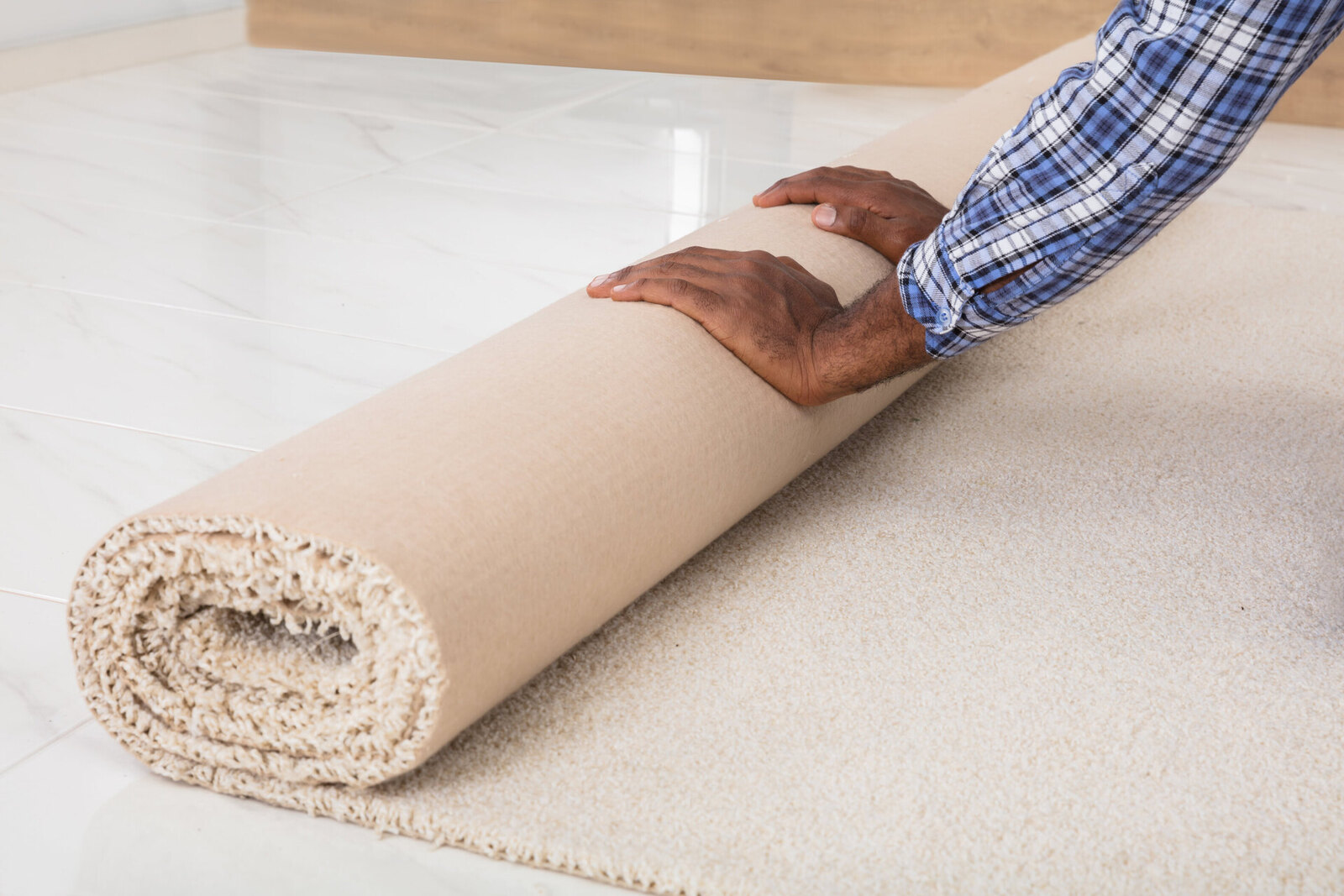
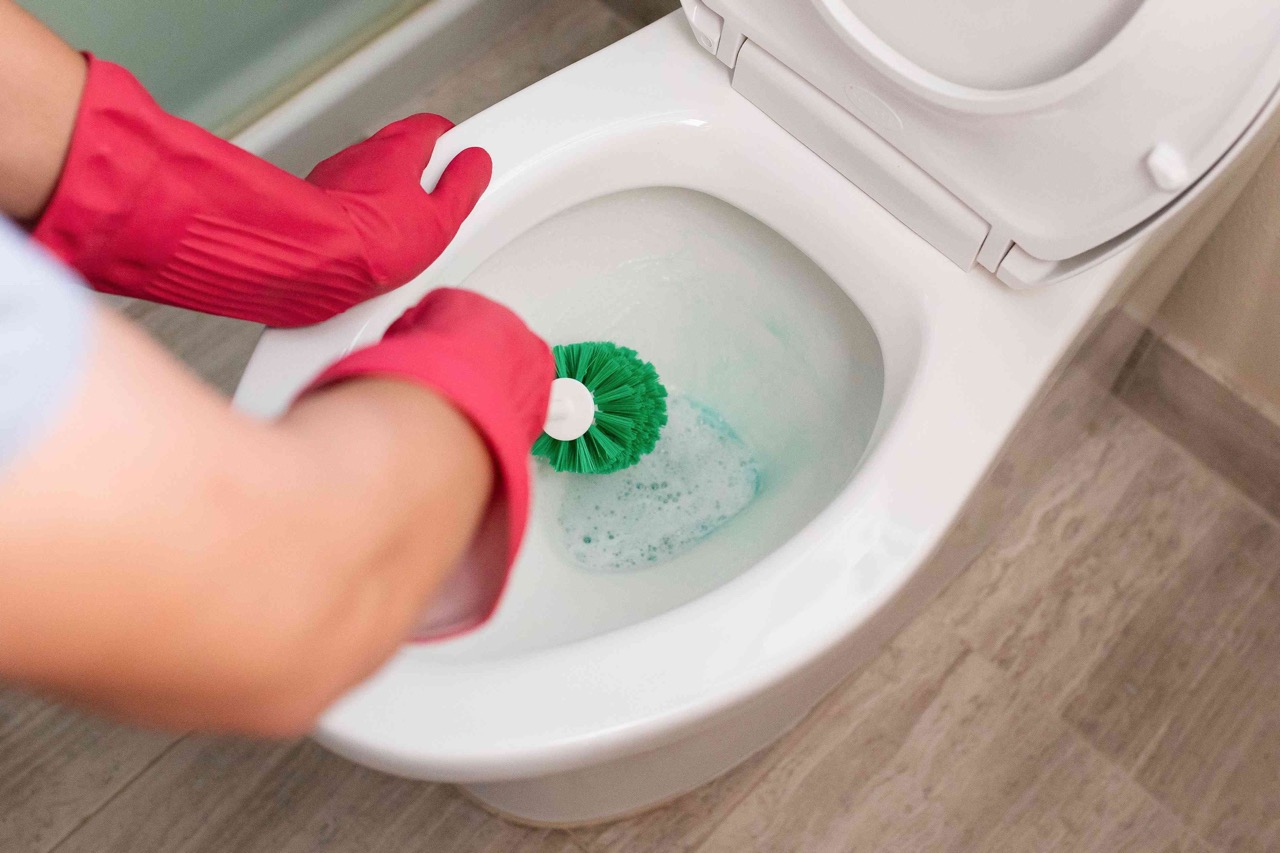
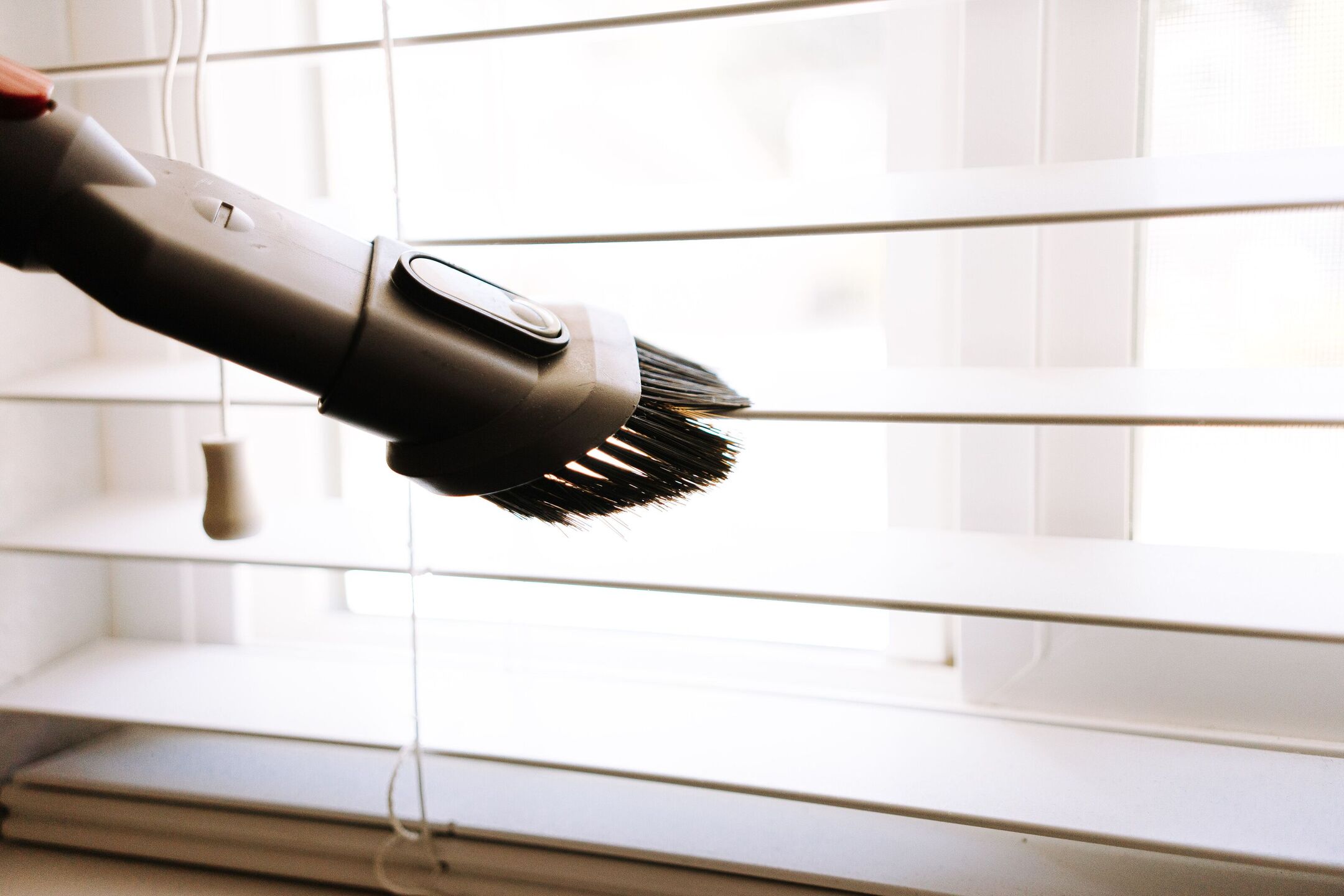

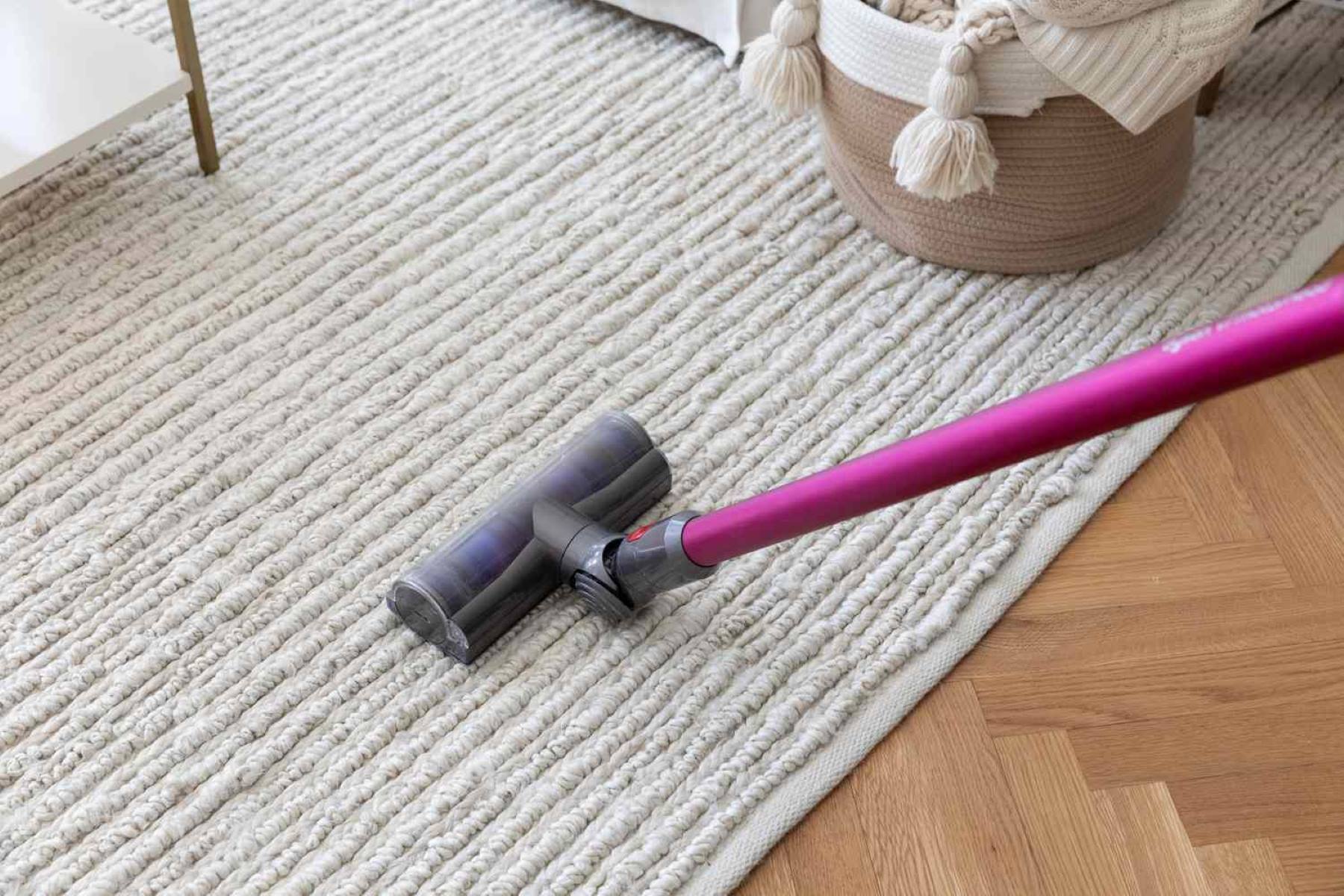
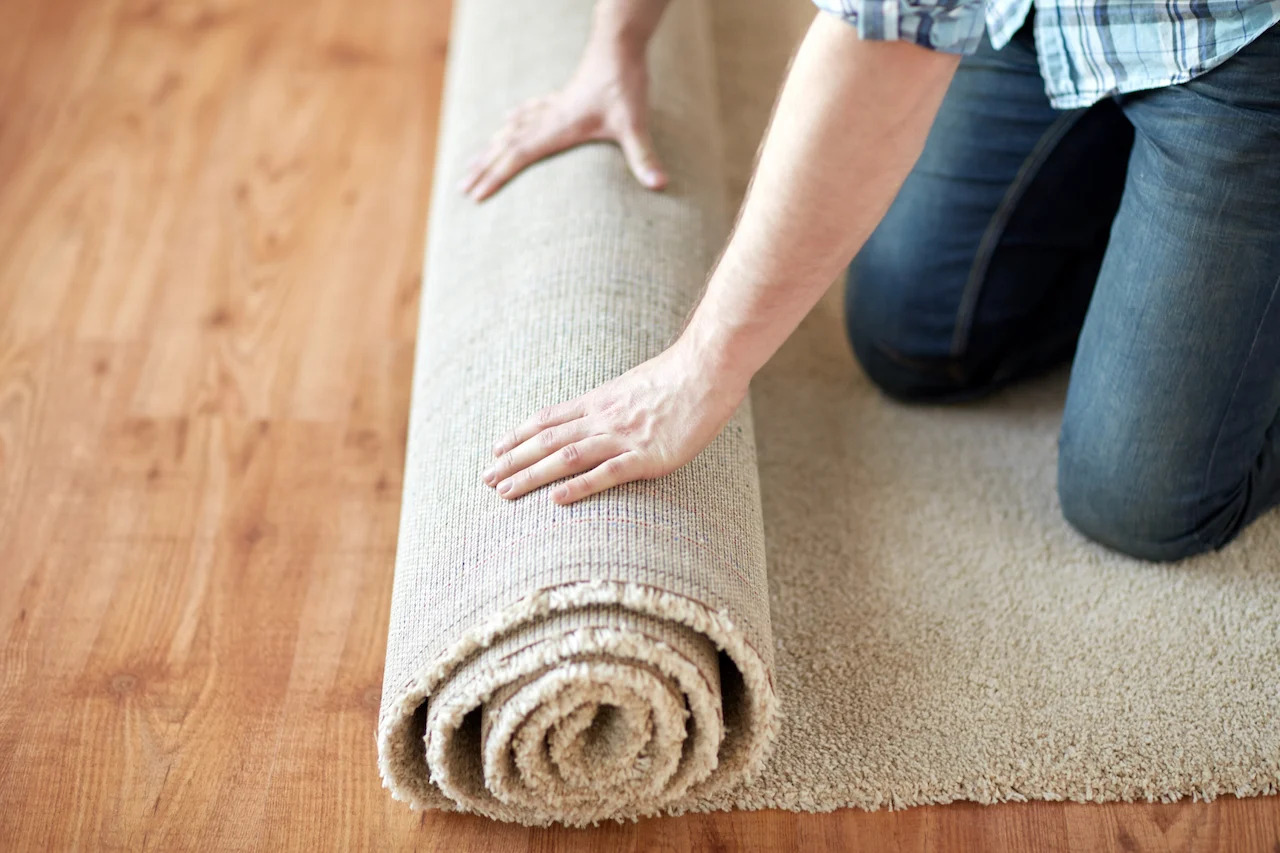

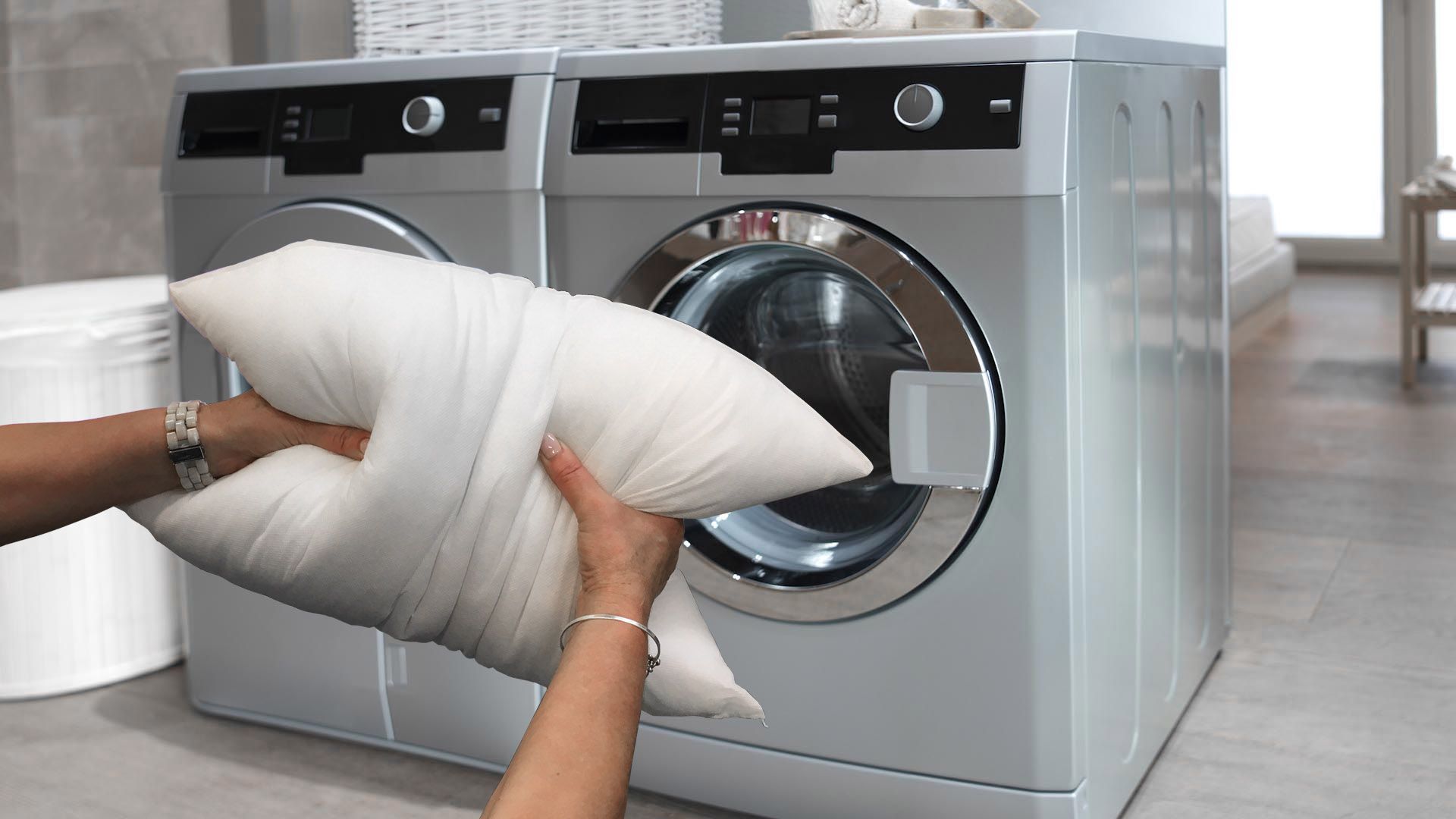
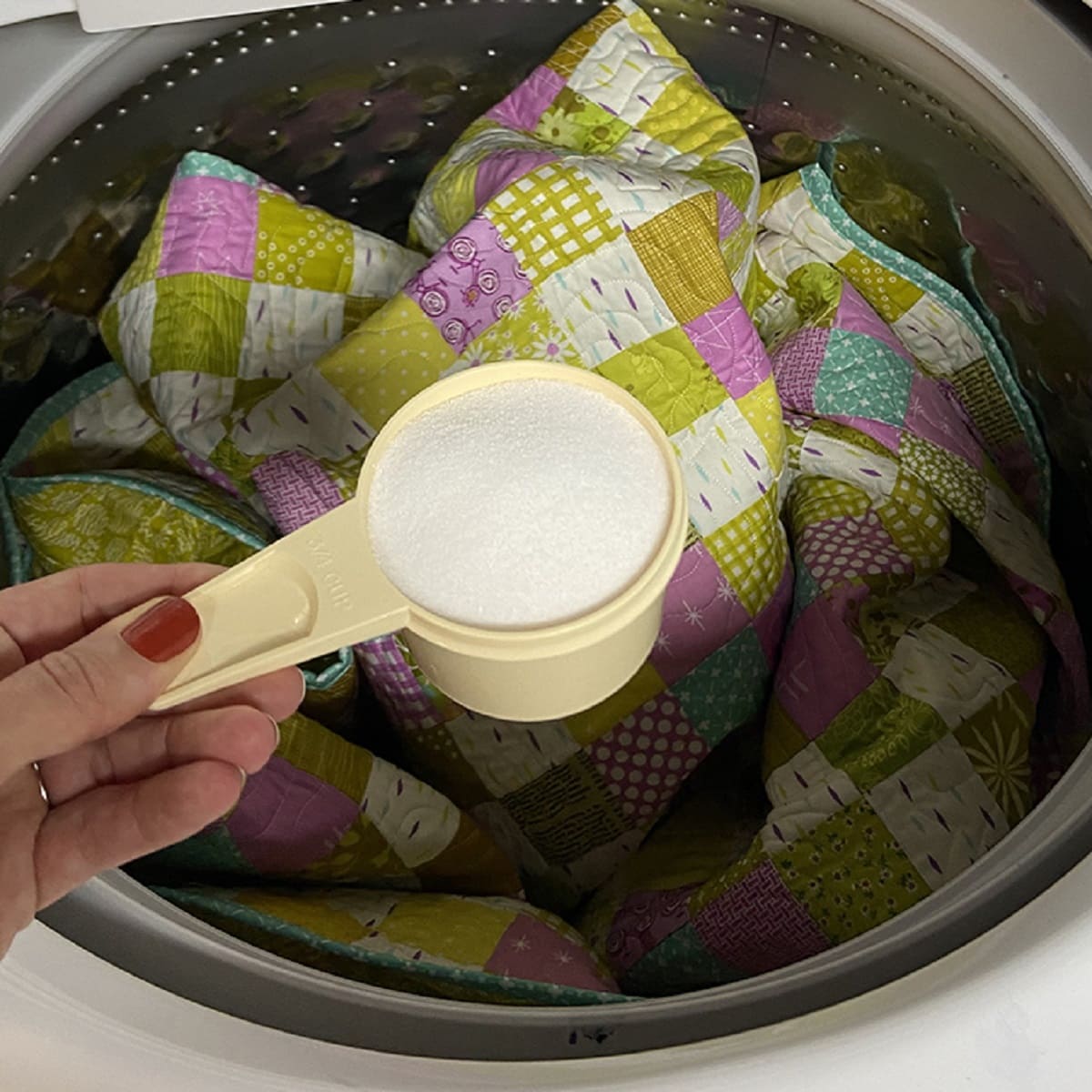
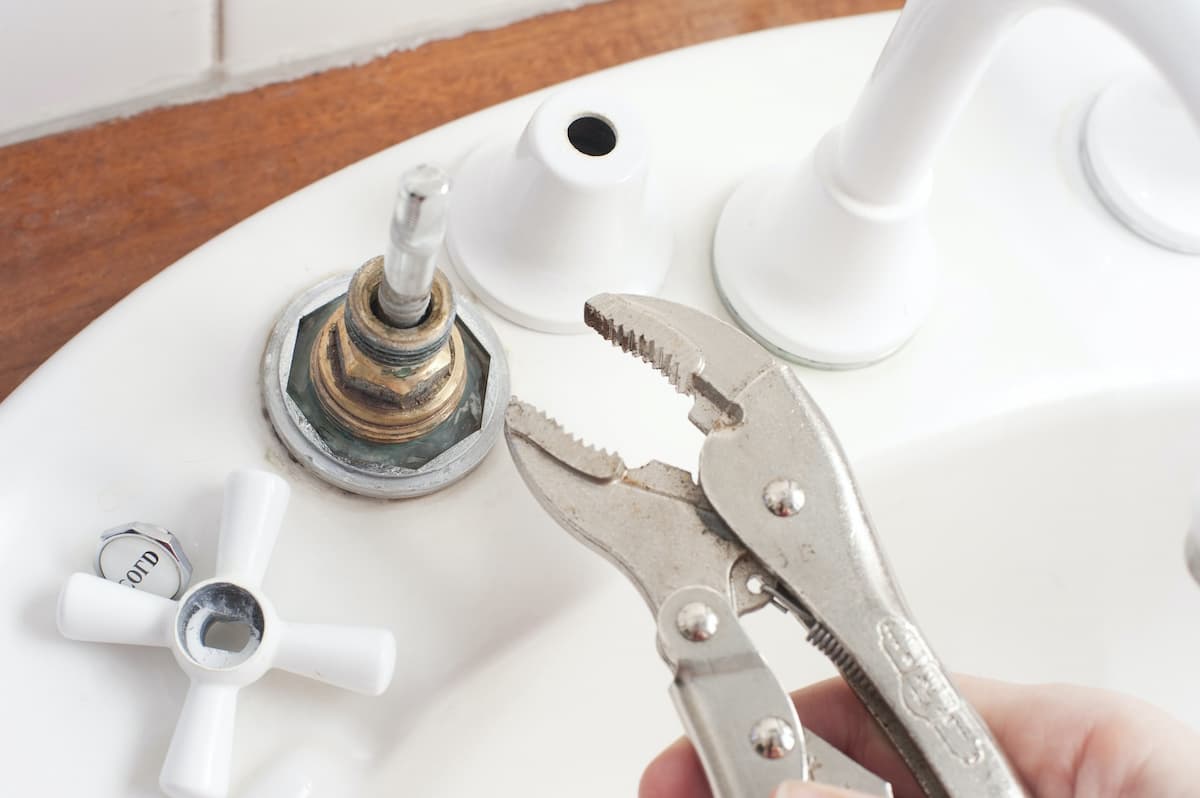
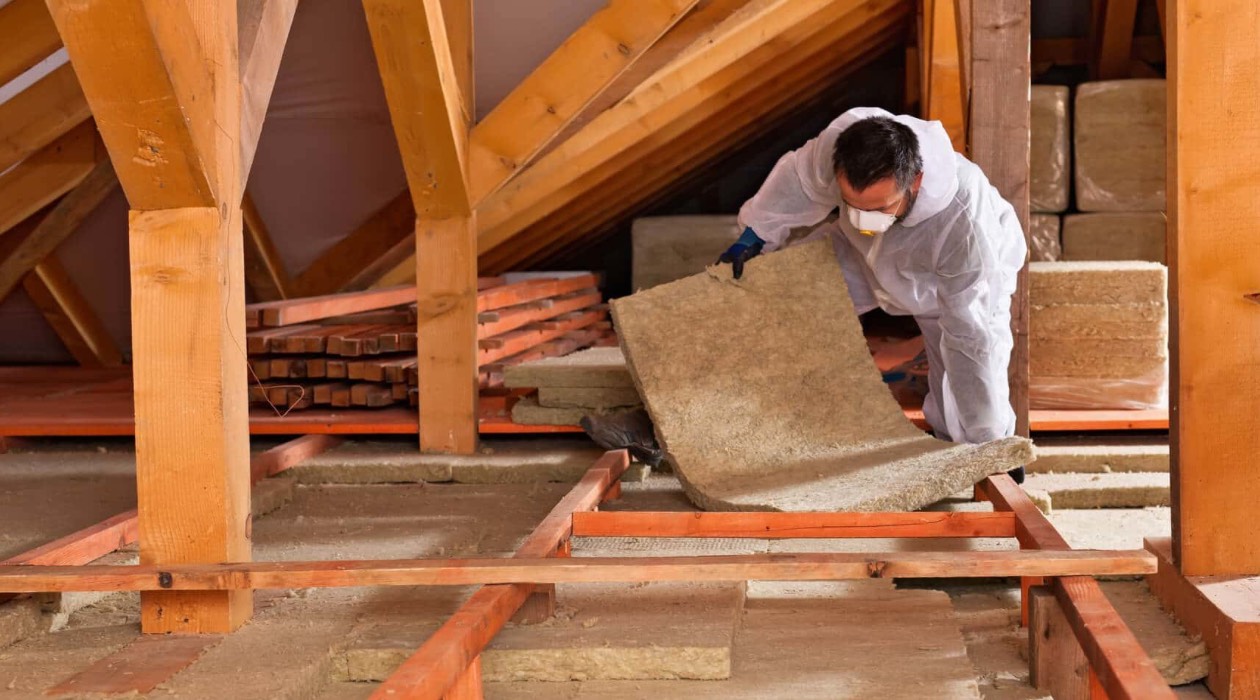
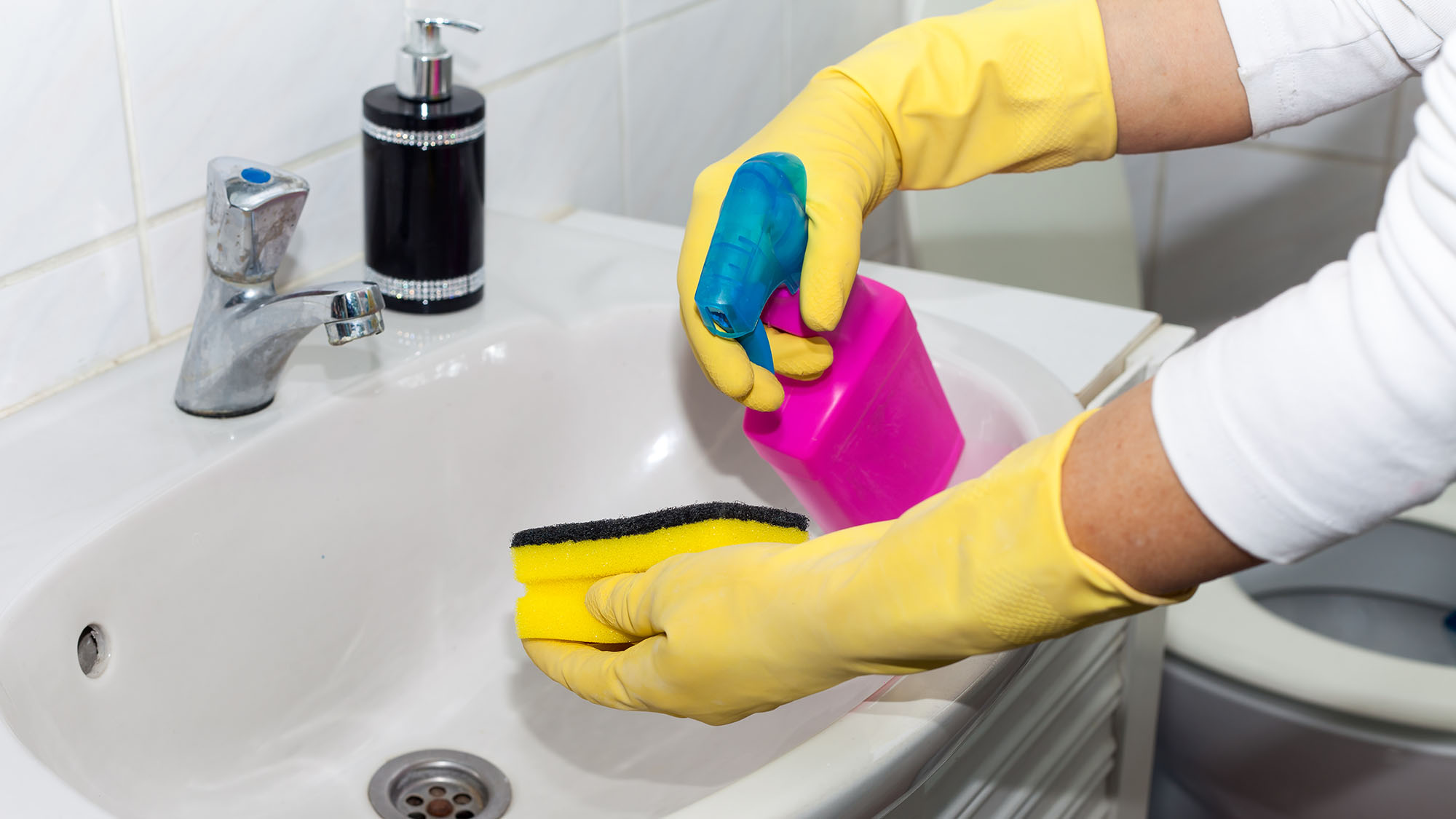

0 thoughts on “How Often Should You Replace Your Plunger”